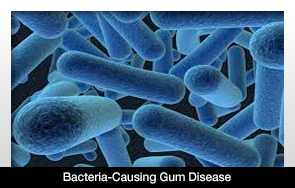 |
US health regulators are seeking a second opinion on whether mercury-containing dental fillings pose a risk to dental patients, especially children and pregnant women.
Food and Drug Administration officials said that while there are no new scientific findings on such silver-colored cavity fillings, it wants feedback on methods it used to weigh available data and decide last year that the metal alloy is safe.
In documents released on Friday ahead of a public meeting on the issue, the agency said it would ask its panel of outside experts to assess how much mercury dental patients are exposed to and how much exposure is acceptable.
The FDA in July 2009 declared the fillings, known as dental amalgam, posed no risk. A year earlier, it had cautioned against their use in certain more vulnerable people, such as pregnant women and children, noting mercury’s risks.
The agency is revisiting the issue after four groups questioned its assessment and petitioned for a second look. On December 14 and 15, the panel of outside experts will consider available data as well as the agency’s interpretation before offering recommendations.
“Based on its own review and feedback from the panel, FDA will decide whether to make changes to its regulation,” said Nancy Stade, deputy director of policy for the FDA’s device center. “At this time, the FDA is not modifying its existing recommendations to consumers.”
Mercury is a known toxin, and at issue is whether the vapors released from mercury in dental fillings are enough to cause harm, such as brain or kidney damage.
While some experts and advocacy groups say mounting data show a clear link between mercury and side effects and that dental fillings are no exception, industry groups and dentists say the evidence shows dental amalgam is safe.
FDA could decide to continue backing the metal fillings, again urge more cautious use, or ban the products.
Any reversal could affect dental filling makers.
The American Dental Association said earlier this month “there is no scientific reason to revisit” FDA’s 2009 ruling and that the data has not changed since then.
But various groups are planning to hold protests outside the meeting and want such fillings banned. The controversial issue is also expected to draw four hours of public comments during the two-day meeting.
“Amalgam is a primitive, polluting, pre-Civil War device which no modern dentist uses,” Charles Brown, the lawyer for the Consumers for Dental Choice advocacy group, told Reuters. But, he added, “we’re actually pleased to see such serious questions” will be posed to the FDA’s panel.
FDA released its questions to its advisers and other documents on its website at http://link.reuters.com/tyw59q.
While it now backs the fillings, FDA has changed how it regulates them. Products must carry warnings against use in poorly ventilated areas or in patients with mercury allergies.
About 50 percent of an amalgam contains mercury, while the rest is silver and other metals. Millions of Americans have such lower-cost fillings to patch cavities in their teeth. Other options include tooth-colored composite resins, although there is also some concern they can contain bisphenol A (BPA), a chemical used in plastics that has raised unease.

|










